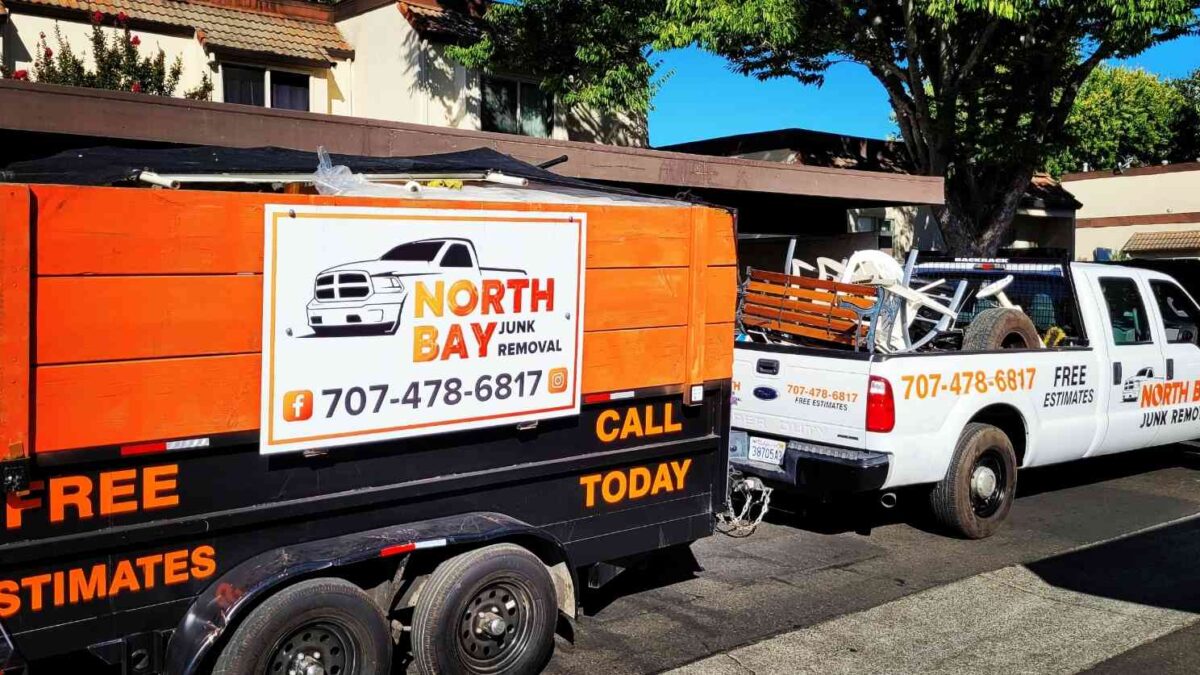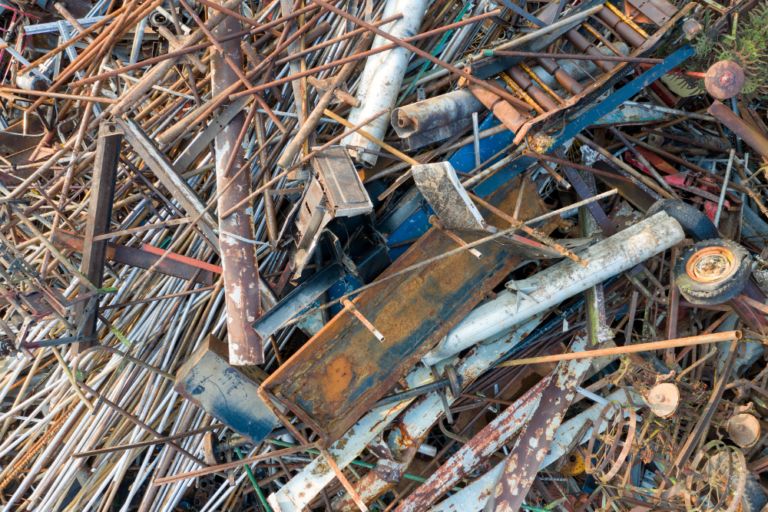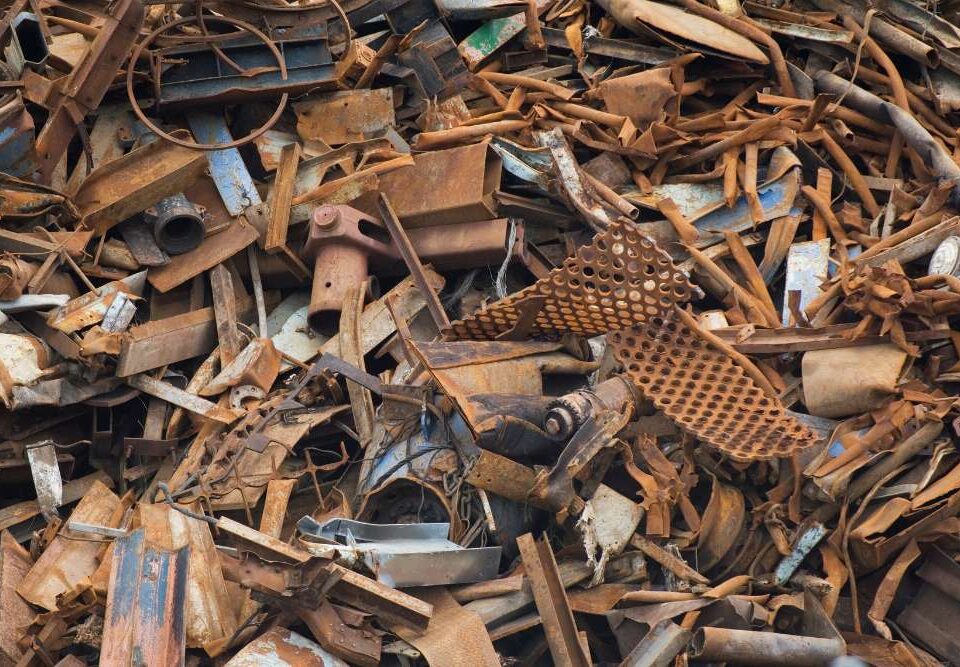
How to Tackle Office Cleanouts with Minimal Disruption
August 26, 2025
5 Key Reasons to Invest in Professional Junk Removal for Your Business
August 26, 2025Junk Removal for Businesses What’s the Real Cost
Businesses often underestimate the true cost of removing clutter and unwanted items from their workspace. Beyond the visible price of hauling services, there are hidden costs such as employee downtime, potential safety hazards, and lost storage space. Every hour spent organizing or moving junk internally can translate into a loss of productivity. Additionally, improperly managed junk can create unsafe work environments leading to accidents and liability concerns. Considering these factors, hiring a professional service may seem expensive at first, but the long-term savings in time, safety, and efficiency often outweigh the initial outlay. The real cost goes beyond dollars and cents, affecting overall business operations and employee satisfaction.
Engaging a reliable junk removal company helps mitigate these hidden costs. Professionals bring the right tools, equipment, and expertise to handle a variety of materials safely and efficiently. They streamline the process, allowing businesses to focus on core operations without disruption. Furthermore, many companies now prioritize eco-friendly disposal practices, ensuring recyclable or hazardous items are processed properly. This approach reduces environmental impact and aligns with sustainability goals that modern businesses value. Understanding both the visible and invisible costs of junk removal enables companies to make informed decisions that benefit their bottom line and operational efficiency.
Factors Affecting Pricing for Commercial Junk Removal
Commercial junk removal pricing can fluctuate based on multiple variables including the type of materials, volume of items, and complexity of the job. Heavier or hazardous materials may require specialized handling, increasing the overall cost. Similarly, spaces that are difficult to access or cluttered beyond normal capacity can demand additional labor hours and equipment. Location also plays a role, as transportation and disposal fees vary across regions. Businesses must be aware that a simple per-item rate often does not capture the full scope of expenses. Understanding these contributing factors can help managers plan budgets more accurately and avoid unexpected surprises during service execution.
Many junk removal services offer customized pricing based on the unique needs of each business. Some companies provide upfront estimates after assessing the site, ensuring transparency and minimizing unforeseen costs. Flexible pricing structures may include options for small-scale office cleanouts or large warehouse clearance projects. By clarifying expectations and requirements before the work begins, businesses can make cost-effective choices while maintaining operational continuity. Additionally, efficient scheduling can reduce repeated trips and logistical complications, further controlling costs. Evaluating the various pricing factors allows businesses to select a service that delivers value without compromising quality or compliance with disposal regulations.

The Impact of Volume and Weight on Cost
Volume and weight are primary determinants of commercial junk removal costs. Larger quantities of items or heavier materials typically result in higher expenses due to increased labor, equipment, and disposal fees. Items such as office furniture, appliances, and construction debris require significant effort to move safely. Many removal services calculate costs based on truckload size or cubic yard measurements, making an accurate assessment critical before initiating the project. Businesses that underestimate the physical volume of junk may face unexpected charges if the job exceeds the initial estimate, highlighting the importance of proper evaluation prior to scheduling.
Professional junk removal teams are equipped to handle high-volume tasks efficiently, minimizing disruption to the business. Their experience allows them to optimize the loading process, ensuring trucks are utilized fully while reducing labor costs. Additionally, experts can recommend ways to separate recyclable, hazardous, or general waste, potentially lowering disposal expenses. Strategically managing volume and weight not only controls costs but also promotes environmental responsibility. Companies benefit from partnering with experienced professionals who understand how to navigate the logistical and financial implications of large-scale junk removal.
Labor Considerations and Scheduling Challenges
Labor plays a crucial role in determining the cost of business junk removal. The number of personnel needed, the skill required to move bulky or delicate items, and the time involved all influence pricing. Projects that require multiple team members or specialized training will naturally incur higher expenses. Scheduling can also affect costs, as peak periods may result in premium charges while off-peak appointments might offer discounts. Businesses must consider both the human and temporal elements to accurately estimate the financial impact of clearing unwanted items.
Coordinating labor efficiently is essential to minimize disruption to ongoing operations. Professional companies often provide structured scheduling, assigning teams according to the scale and complexity of the project. This organized approach ensures swift removal, reducing downtime for staff and allowing daily operations to continue smoothly. Additionally, experienced teams anticipate potential obstacles, such as confined spaces or fragile items, and plan accordingly. Thoughtful consideration of labor requirements and scheduling nuances ensures that businesses achieve a balance between timely service and cost efficiency while safeguarding both employees and property.
Environmental and Disposal Fees
Disposing of junk responsibly often involves environmental and disposal fees that can add to the overall cost. Certain materials, including electronics, appliances, and hazardous waste, must be processed according to local regulations. Improper disposal could result in fines or legal complications for businesses. Even non-hazardous items can incur tipping fees at landfills or recycling centers, which vary by location and type of material. Awareness of these additional costs is essential to prevent surprises and maintain compliance with environmental standards, ensuring both ethical and legal handling of discarded items.
Many junk removal services include recycling and donation programs to offset these fees. Items that can be repurposed or recycled reduce landfill contributions and may lower overall disposal costs. Additionally, choosing a provider committed to sustainable practices can enhance a company’s reputation and support corporate social responsibility initiatives. By factoring in environmental and disposal considerations, businesses gain a clearer picture of the total financial commitment associated with junk removal. Proactively addressing these elements allows for informed decision-making that balances cost, compliance, and ecological responsibility.
Choosing Between DIY and Professional Services
Deciding whether to handle junk removal in-house or hire a professional team can significantly affect a business’s expenses. DIY approaches may seem cost-effective initially, but hidden costs such as labor hours, equipment rental, transportation, and potential damage can quickly escalate. Inefficient handling can also lead to accidents, resulting in liability and insurance concerns. Evaluating the total cost of DIY removal versus professional service helps managers determine the most practical solution, considering both financial and operational impacts on the business.
Professional services bring expertise, efficiency, and safety measures that often justify the investment. Experienced teams have the necessary tools and knowledge to handle diverse materials, ensuring a smooth and thorough removal process. They also manage the logistical challenges of disposal and recycling, freeing internal staff to focus on business priorities. The choice between DIY and professional solutions should weigh time, effort, risk, and compliance with environmental regulations. Ultimately, partnering with a competent junk removal service often results in cost savings, improved workflow, and reduced stress for business owners and employees alike.
Hidden Costs of Delayed Junk Removal
Postponing junk removal can create unforeseen financial and operational burdens for businesses. Cluttered workspaces hinder productivity, limit usable space, and elevate the risk of accidents. Delays may lead to higher costs as items accumulate, requiring more extensive labor, equipment, and disposal resources. Additionally, waiting too long to remove junk can affect customer perception, particularly in client-facing areas, impacting reputation and business opportunities. Understanding the potential consequences of procrastination highlights the value of timely action in maintaining efficiency and safety.
Scheduling regular junk removal can prevent escalating costs and operational disruption. Proactive maintenance of clean, organized spaces ensures that employees can perform tasks effectively without obstructions. Early intervention also allows businesses to implement strategic disposal methods, including recycling and donation, which can reduce overall expenses. Recognizing the hidden costs associated with delayed action emphasizes the importance of timely and organized junk removal practices. Businesses that address clutter promptly protect both financial and human resources while maintaining a professional image for clients and visitors.
Impact on Business Operations and Productivity
Cluttered work environments can have a direct effect on productivity and operational efficiency. Employees navigating around piles of unnecessary items face distractions and inefficiencies that slow down workflow. Important resources may be buried or lost in the mess, causing delays in decision-making and project completion. The time and energy spent managing disorganized spaces add up, representing a hidden cost of inadequate junk removal. By keeping workspaces clear, businesses empower staff to focus on tasks that drive growth and revenue, rather than dealing with avoidable obstacles.
Implementing systematic junk removal contributes to a healthier and more organized environment that fosters productivity. A professional removal service can quickly clear areas, allowing employees to reclaim valuable space and resources. Clean, organized offices not only enhance morale but also streamline operational processes. Strategic planning for junk disposal can further support business objectives by ensuring that space utilization aligns with organizational needs. Recognizing the operational impact of clutter reinforces the importance of regular and effective junk removal in sustaining efficient business performance and employee satisfaction.
Insurance and Liability Considerations
Insurance and liability play a significant role in the cost evaluation of commercial junk removal. Businesses must consider potential damages to property, accidents during removal, and compliance with safety regulations. Professional junk removal services typically carry liability coverage, protecting both the service provider and the client. Without proper insurance, any damage or injury could result in unexpected financial responsibility for the business. Ensuring that a company has adequate coverage reduces risk and protects assets, making it an essential consideration when assessing the real cost of junk removal.
Partnering with insured and licensed professionals guarantees that liability concerns are addressed proactively. Experienced teams follow safety protocols and use appropriate equipment to minimize the risk of accidents. This protective layer safeguards the business from financial exposure while ensuring efficient and compliant disposal practices. Considering insurance and liability as part of the overall cost allows businesses to make informed decisions that account for potential risks, aligning financial planning with operational security and peace of mind.
Long Term Savings and Strategic Planning
Investing in professional junk removal may seem costly upfront but often yields long-term savings and operational benefits. By clearing clutter systematically, businesses create a more organized workspace that enhances efficiency and reduces ongoing maintenance costs. The benefits extend to improved employee productivity, safer environments, and better utilization of office or storage space. Strategic planning for junk management ensures that businesses can anticipate future disposal needs, reducing reactive expenses and maintaining a consistent operational flow.
Strategically scheduled junk removal supports sustainable and cost-effective business practices. Companies that integrate professional services into their regular maintenance routines experience fewer disruptions and minimize hidden expenses associated with clutter and disorganization. The foresight to address junk proactively translates into improved financial management and operational resilience. Over time, the initial investment in professional services proves worthwhile, demonstrating that a well-organized approach to junk removal is not just a one-time expense but a long-term strategy for efficiency and growth.
Conclusion
Understanding the real cost of junk removal is vital for businesses seeking to maintain efficient and productive operations. While initial expenses may vary based on volume, labor, and disposal requirements, the broader impact on workflow, safety, and organizational effectiveness cannot be ignored. Investing in professional services helps mitigate hidden costs, reduces downtime, and ensures compliance with environmental and safety regulations. By viewing junk removal as a strategic component of business operations, companies can enhance efficiency while protecting their workforce and assets. North Bay Junk Removal in Santa Rosa CA offers comprehensive solutions tailored to meet these needs. Their team provides reliable and efficient services for businesses looking to reclaim space and streamline operations.
For businesses, partnering with a trusted junk removal company can be both cost-effective and practical. North Bay Junk Removal brings experience, licensed and insured expertise, and eco-conscious disposal methods to every project. Companies benefit from transparent pricing, flexible scheduling, and attention to detail that minimizes disruption to daily activities. Those in Santa Rosa CA seeking reliable junk removal services can contact North Bay Junk Removal at 707-478-6817 to explore tailored solutions for their commercial spaces. By investing in professional assistance, businesses safeguard productivity, reduce operational risks, and enjoy long-term benefits that extend beyond the immediate removal of unwanted items.




